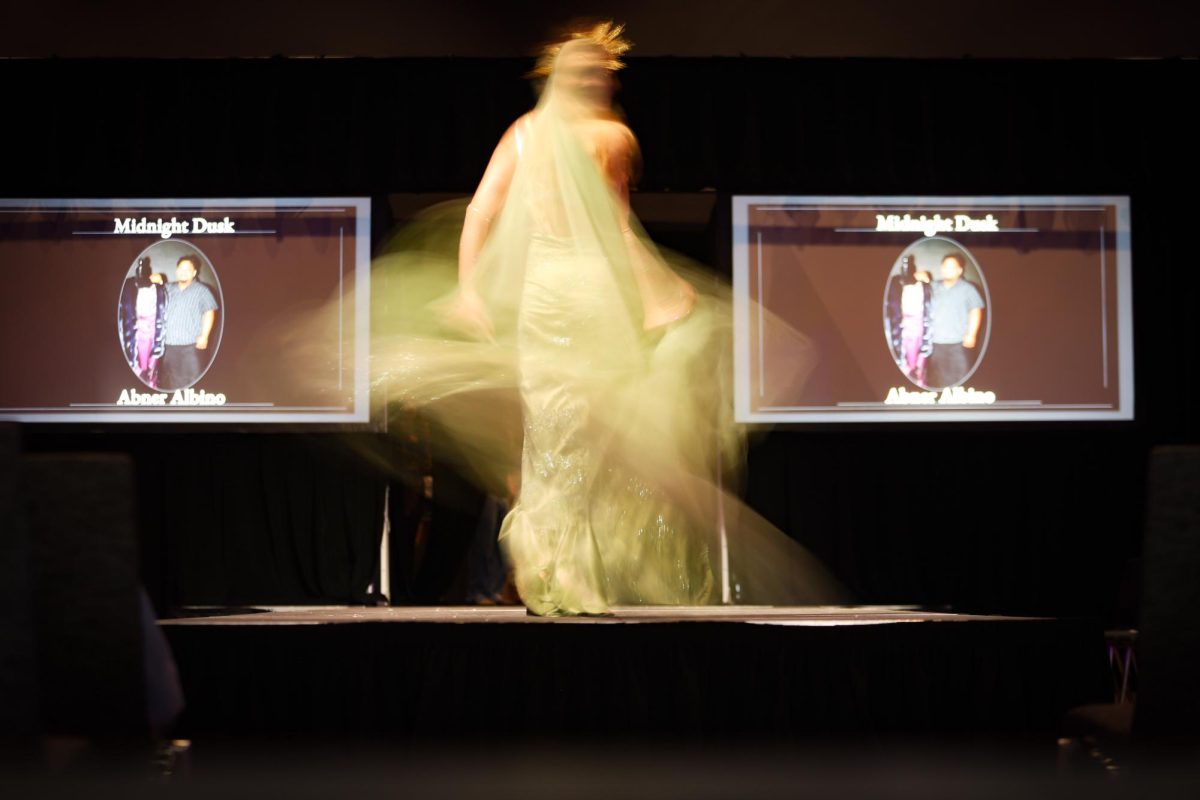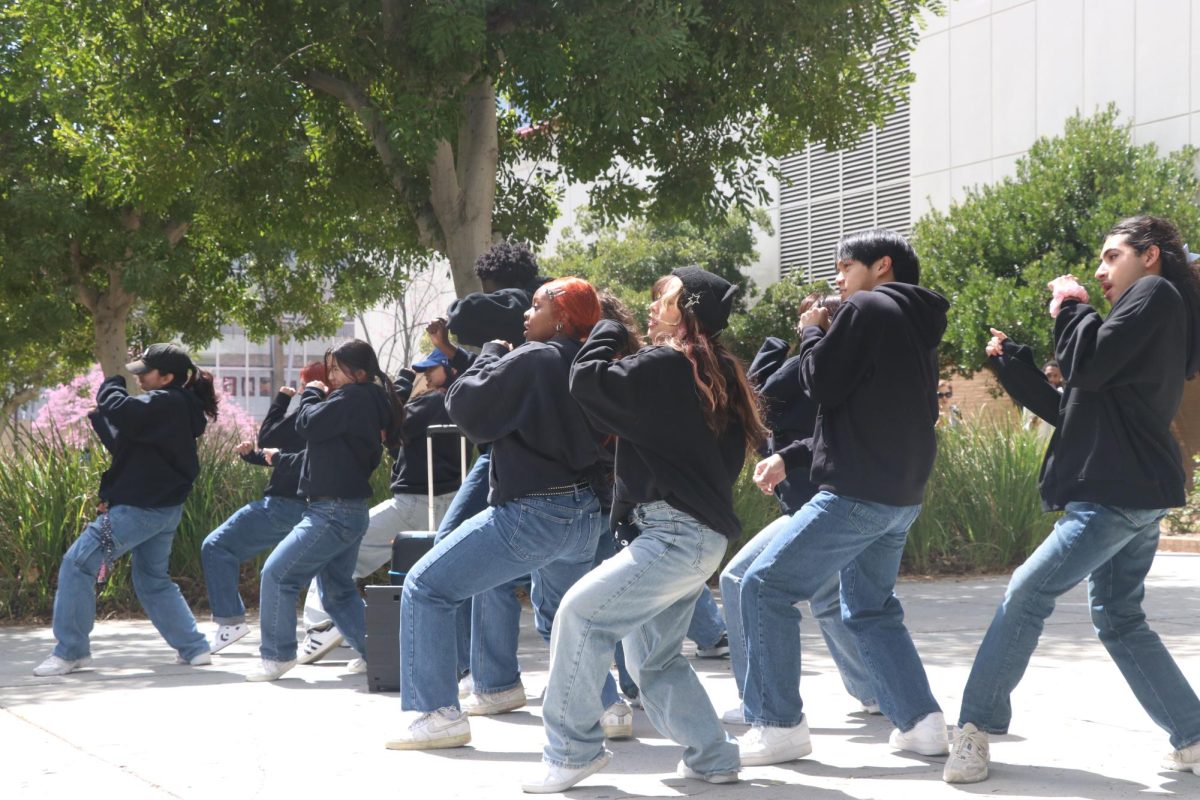On the four-floor stage of The Soraya, Lawrence Stoffel conducted the CSUN Wind Ensemble, filling the stage with music that switched from fast and powerful to soulful and slow. With the help of tuba player, Elayne Roesner, as the graduate conductor assistant, they performed numerous classic symphonies from the past centuries, from Erika Svanoe’s “Mary Shelley Meets Frankenstein” to Bernard Herrmann’s “Death Hunt” from On Dangerous Ground, on March 11.
As professor of Instrumental Conducting and Director of Bands, Stoffel explained why he chose the symphonies they performed, calling it one of the most fun parts of his job.
“Oftentimes, you only think about what’s written in the last fifteen years. Let’s say band music that’s been written all the way to the Renaissance,” Stoffel said. “There’s a lot of music to choose from, so I wanted to make sure that each content has a variety of musical styles more than anything else.”
Stoffel expanded on compositions, saying the styles can be difficult to play.
“You need to learn how to play correctly stylistically music from the classical period. Variety is what I’m looking for. So there’s always going to be magical moments that happen that come together because each of the compositions has the potential of doing it,” Stoffel said. “There are special moments in everyone’s composition that they performed tonight.”
The most magical moment for him was “Death Hunt” from On Dangerous Ground. Before conducting it, Stoffel described the scene of a killer cornering a potential victim with a knife with animated gestures and pauses. He even singled out someone in the audience, none other than Carl Hammer, who arranged the music specifically for the Wind Ensemble.
Stoffel said, “It’s a fantastic piece of music to begin with. Introducing it to the audience, it featured a French horn section prominently, and we have especially an exceptional section this year.”
Once the ensemble was ready to perform that song, the music came so suddenly and spread so much across the stage that it likely would have made those paying close attention to his speeches jump. As Stoffel said, much of it came from the French horns, which amp up the tension when the music becomes low. The symphony’s beginning is more than perfect to start playing when a character begins running away from a serial killer going after them.
With Stoffel’s use of switching between fast hands and pauses to slow, wave-like swings of his baton, the Wind Ensemble finished delivering another performance of fine literature that they dedicate themselves to sharing across California.
More information about the Wind Ensemble can be found here, along with possible steps to audition for Concert Bands for the next school year. There’s also a calendar that tracks all the music department events and other related events, and it is open to both music and non-music majors.












